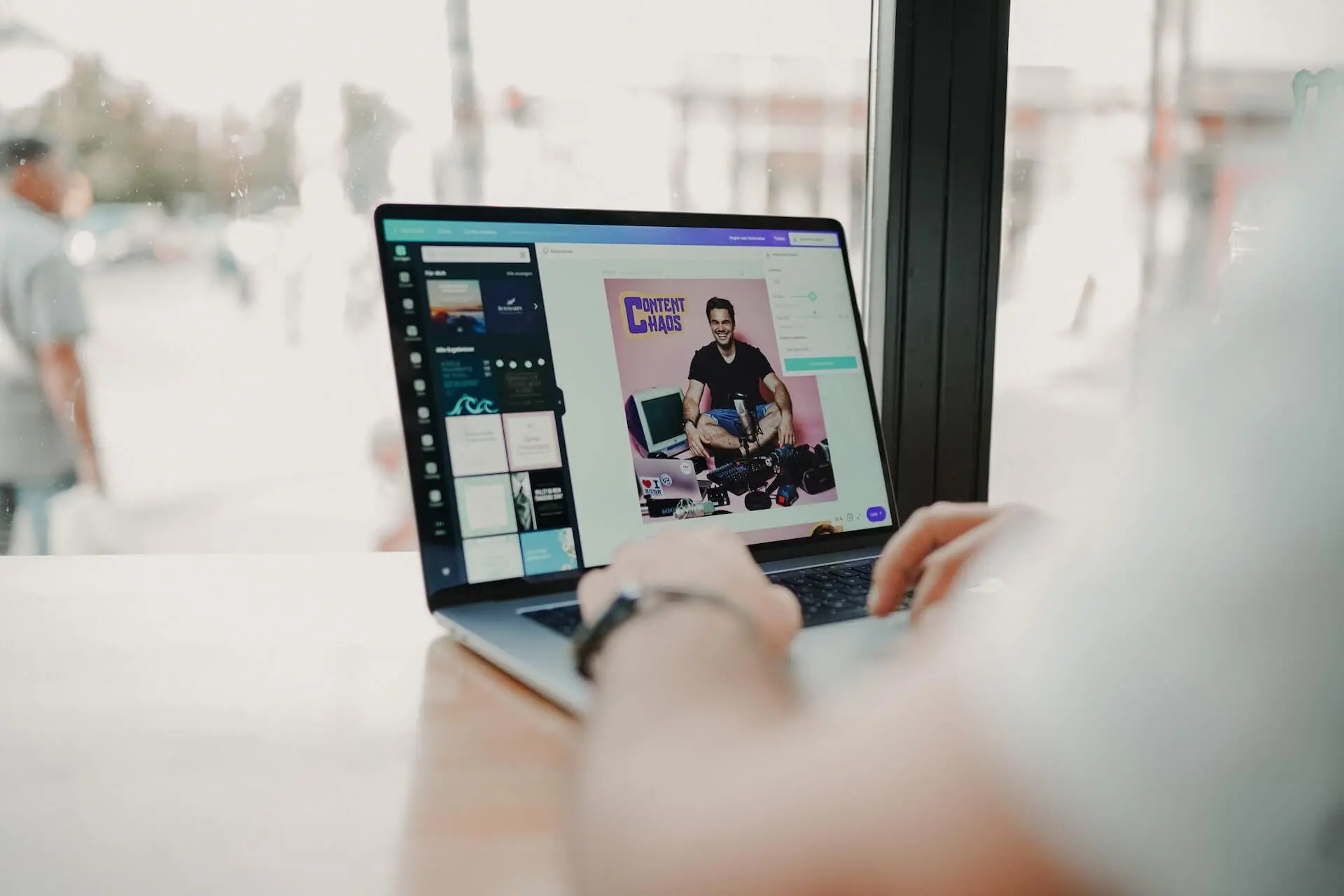Originally published October 30, 2023 , updated on April 28, 2025
Every day, millions of blog posts, videos, social media updates, and podcasts flood the internet. In this sea of information, it’s easy for your carefully crafted content to get lost. Content repurposing offers a lifeline in this content-rich ocean. It allows you to breathe new life into your existing material, ensuring that your valuable insights, knowledge, and creativity don’t go to waste. In this blog post, we look at the power of repurposing content for social media and websites for maximum impact on your business.
The Power of Repurposing Content Marketing

Repurposing content for social media, marketing material or websites is the art of taking existing content and adapting it into various formats or for different platforms. It’s about creatively reusing and reimagining your content, ensuring that your valuable insights reach a wider and more diverse audience.
Repurposing content marketing is not just recycling content; it’s about magnifying your content’s reach and value. When done right, content repurposing can expand your audience, boost search engine optimisation (SEO), strengthen brand authority, save time and resources, and increase engagement.
Here’s how you can repurpose content for social media and more. Let’s take a closer in these next six strategies for content repurposing.
1. Understanding Your Content Inventory
To make the most of content repurposing, you must first understand what lies within this inventory. To gain an understanding of this:
- Conduct a comprehensive content audit: A content audit is the meticulous examination of all your existing content assets. This process involves assessing the quantity, quality, and relevance of each piece.
- Organise and categorise existing content: Proper organisation streamlines your repurposing efforts and makes accessing the content you want to repurpose easier.
- Identify evergreen and high-performing content: In your content inventory, some pieces remain evergreen, maintaining their relevance long after publication. Others may have performed exceptionally well in terms of engagement and traffic, making them perfect for repurposing.
2. Identifying Repurposing Opportunities
Now that you’ve gained a deep understanding of your content inventory, it’s time to roll up your sleeves and identify the ripest opportunities for content repurposing. This can be done by:
- Analysing audience preferences and content consumption habits: Conduct surveys or polls to gather direct feedback on what types of content your audience prefers. Monitor social media platforms for easy access to content that receives the most likes and engagement. Use tools like Google Analytics to track which content has the highest traffic and engagement metrics.
- Recognising content gaps and unexplored angles: Study your competitors’ content to identify topics or angles they haven’t covered adequately. Use keyword research tools to discover search queries related to your niche with low competition. These keywords can inspire new content or repurposing ideas.
- Extracting key insights and data from existing content: Repurpose data from surveys and research into infographics, case studies, or reports. Extract quotes from interviews or articles and turn them into visually appealing repurposed content for social media. Highlight customer testimonials, reviews, or user-generated content in your marketing materials or on your website.
- Leveraging trends and timely events for repurposing ideas: Trends and current events offer a treasure trove of content repurposing opportunities. Staying abreast of what’s happening in your industry or the world at large can lead to timely and relevant content.
3. Using Content Repurposing Techniques
Below is a repurposing content guide with some techniques that will help you breathe new life into your existing material and extend its reach:
- Convert blog posts into different formats, like videos or infographics.
- Create new angles or perspectives on existing topics.
- Expand short-form content into in-depth guides or e-books.
- Update and re-publish outdated content.
- Transform webinars or presentations into articles or series.
4. Maintaining Quality and Relevance
Maintaining the quality and relevance of your material is paramount. Each repurposed piece should reflect the same level of excellence as the original content. Here are the key factors to consider:
- Ensure consistency in messaging and brand voice: Your brand’s messaging and voice should remain consistent across all repurposed content. Consistency builds trust and reinforces your brand’s authority
- Adapt content to suit the chosen format and platform: Different formats and platforms have unique requirements and expectations. Adapt your repurposed content to fit seamlessly into its chosen format and platform.
- Add fresh insights and updates when repurposing: Repurposing doesn’t mean copying and pasting. Take the opportunity to inject fresh insights, updates, or recent developments into your content.
- Conduct quality control and proofreading: Don’t compromise on quality. Before publishing repurposed content, conduct quality control and proofreading. Ensure that there are no grammatical errors, typos, or inconsistencies that could detract from the professionalism and credibility of your brand.
5. Optimising for SEO and Search Visibility
Visibility is key for businesses online, and optimising your repurposed content for search engines is crucial to ensure it reaches your target audience effectively.
- Preserve or enhance the SEO rankings of the original piece: Ensure that the repurposed content retains the keywords, backlinks, and on-page SEO elements that contributed to the original piece’s visibility.
- Keyword trends change over time: It’s essential to update keywords and meta-information when repurposing content marketing. Conduct keyword research to identify relevant, high-performing keywords and integrate them into the repurposed material.
- Use internal and external linking: Connect your repurposed content with other related content on your website. Additionally, consider external linking to authoritative sources, as this can enhance the credibility and SEO ranking of your content.
- Monitor content performance closely: Track key metrics such as organic traffic, engagement, and conversions. This data will provide insights into the effectiveness of your repurposing efforts and allow you to make necessary adjustments.

6. Distributing Repurposed Content
Creating high-quality repurposed content for social media and websites is only part of the equation; getting it in front of your target audience is equally essential. Here’s how to effectively distribute your repurposed content:
- Identify the right channels and platforms for repurposed content
- Tailor your content to meet the specific requirements of each platform
- Leverage social media, email marketing and outreach for distribution
- Amplify reach through influencers and collaborations
Remember, once your repurposed content is out in the digital world, the journey is far from over. Measuring its impact, analysing data, and iterating based on insights are essential steps to ensure ongoing success. This includes defining KPIs, analysing metrics and feedback from repurposed content, and iterating and improving content based on data. Measuring your content’s impact allows you to refine your content repurposing strategy, ensuring that your repurposed content remains effective, engaging, and valuable to your audience.
Conclusion of Content Repurposing Strategy
Content repurposing is not a short-term fix; it’s a long-term strategy. By continually revisiting and reimagining your content, you build a robust content ecosystem that remains relevant over time. Your repurposed content serves as a lasting resource for your audience, contributing to your brand’s growth and influence.
Are you ready to take your content repurposing strategy to the next level? Contact Goodman Lantern today to explore how our content experts can assist you in maximising the reach and value of your content through strategic repurposing.



















